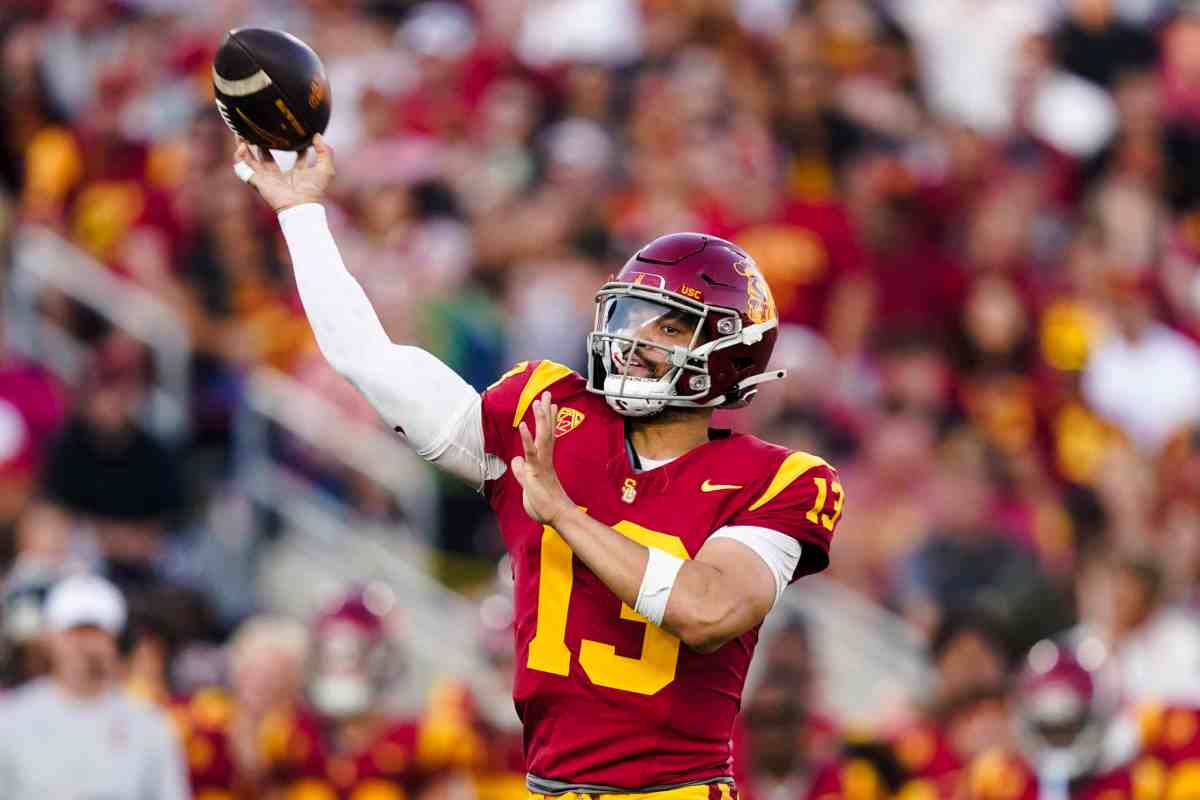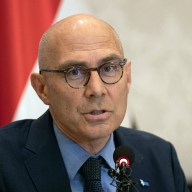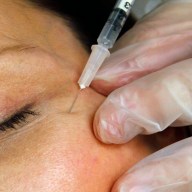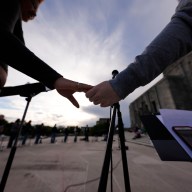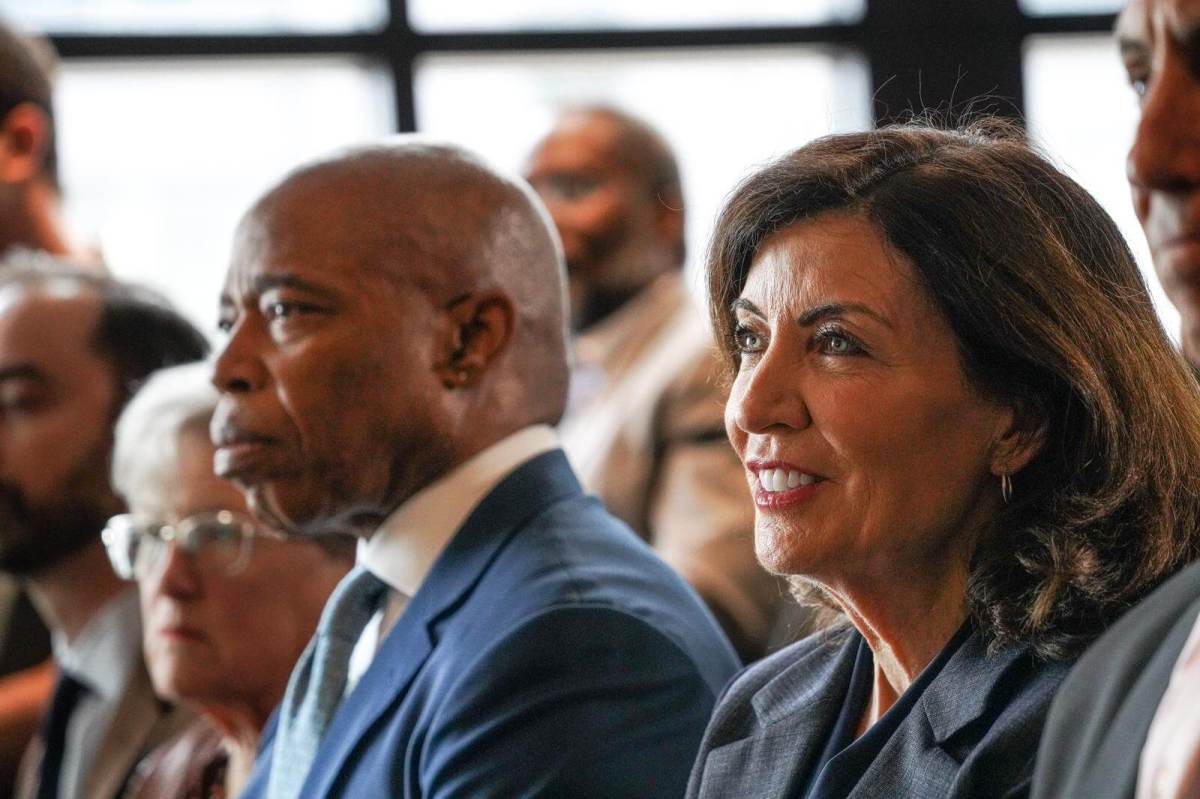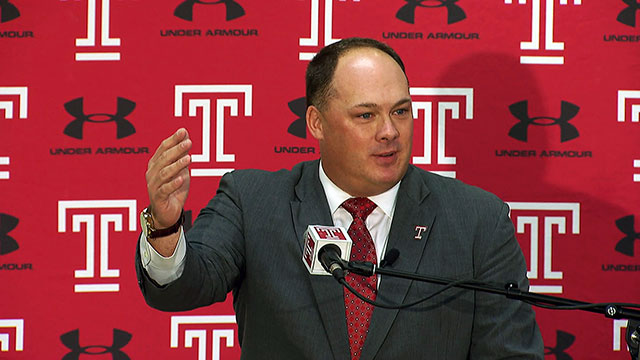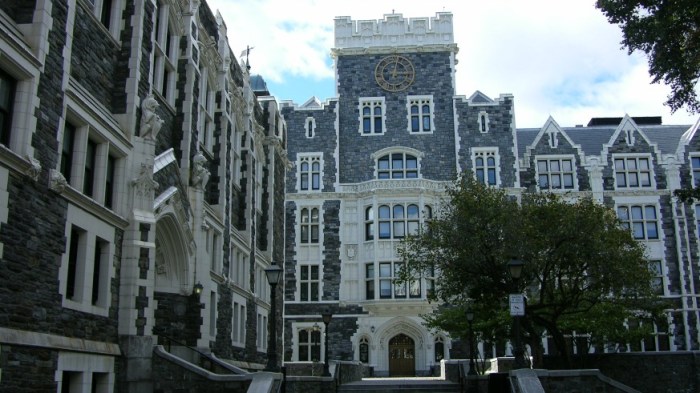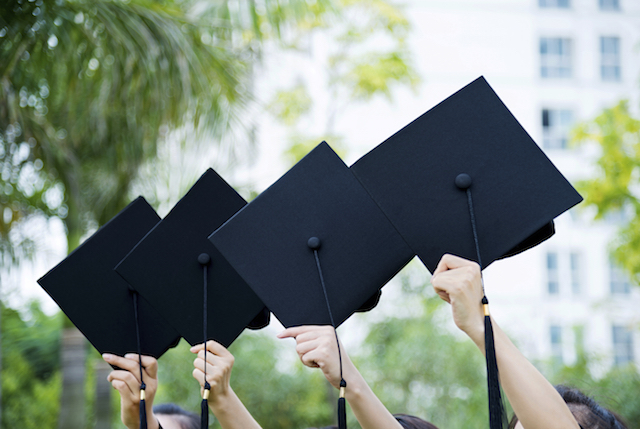Located about 100 miles away from Florida at its closest point, Cuba remains an elusive neighbor to most people in the United States.
But that mystery is starting to fade as travel restrictions to the Caribbean island ease. U.S.-Cuban diplomatic relations were restored in 2015 with more than 147,000 American tourists estimated to have visited that year, according to Cuba’s Office of National Statistics. “Tourism” to Cuba remains officially prohibited, however. There are 12 categories of authorized travel from the U.S. to Cuba, and if you’re trip doesn’t fall under one of those, you have to apply for a license from the U.S. Department of Treasury. The categories include visiting family, journalistic activities, professional research and meetings, religious activities, humanitarian projects and educational activities, which is the way most Americans are allowed into Cuba. “People-to-people” travel counts as educational because it fosters activities between the U.S. and Cuban people that create “meaningful interaction,” according to Insight Cuba, a travel website. José Buscaglia, a professor at Northeastern University and co-leader of the its Cuba delegation, said that visiting Cuba can provide a very different experience than what the average person may assume. “People from the U.S. have a fascination with Cuba that is hard to describe,” he said. “The main idea that Cuba is somehow stuck in a some time warp can be really offensive to most Cubans. They had what they call a revolution that, for good or bad, still lasts to this day. If that’s not trying to change historical time, I don’t know what is.” Buscaglia has been bringing students to Cuba for more than 20 years. Study abroad programs have been allowed there for years, but with limitations, according to NAFSA: Association of International Educators. Former President George W. Bush tightened travel, with as few as 250 students from the U.S. permitted to study in Cuba in the 2007-2008 academic year. Four years before that, about 2,100 American students studied abroad in Cuba each year. After former President Barack Obama signed an executive order in 2011 easing restrictions, the opportunities for U.S. students to study has grown “rapidly,” according to a NAFSA. Now, Buscaglia said, “every major U.S. university wants to have a program in Cuba.”
To visit Cuba, ‘education activities’ are key
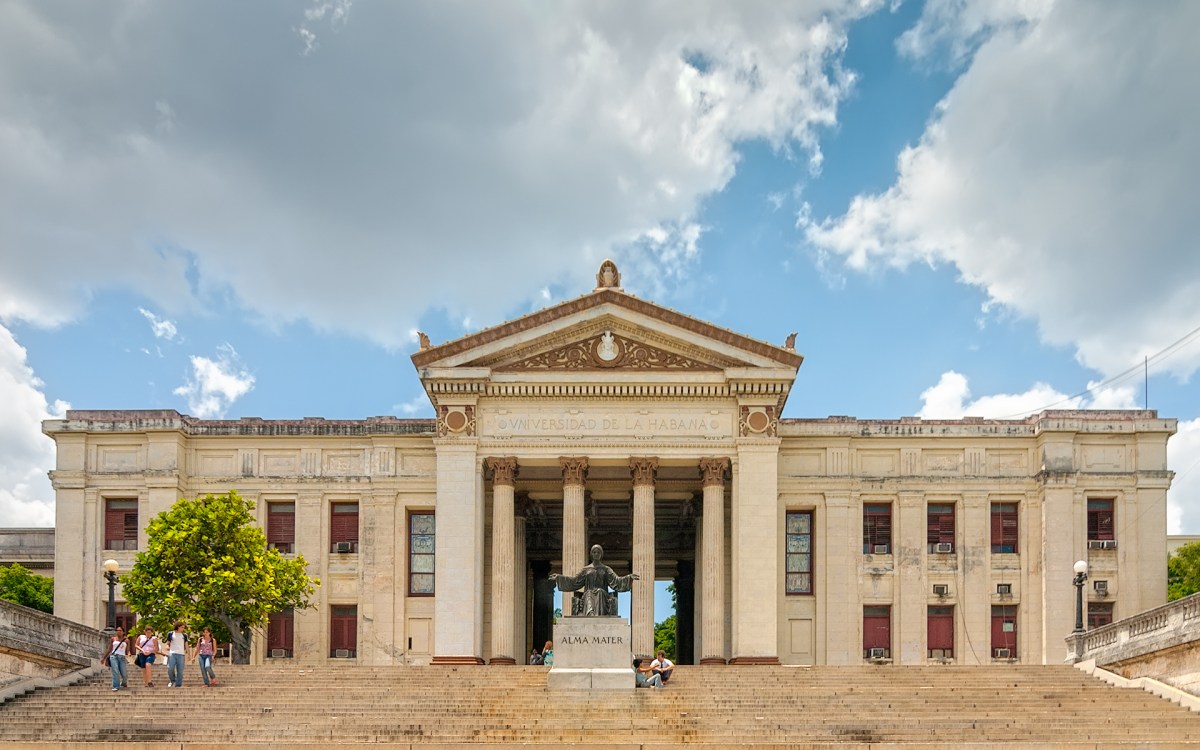
Wikimedia Commons




